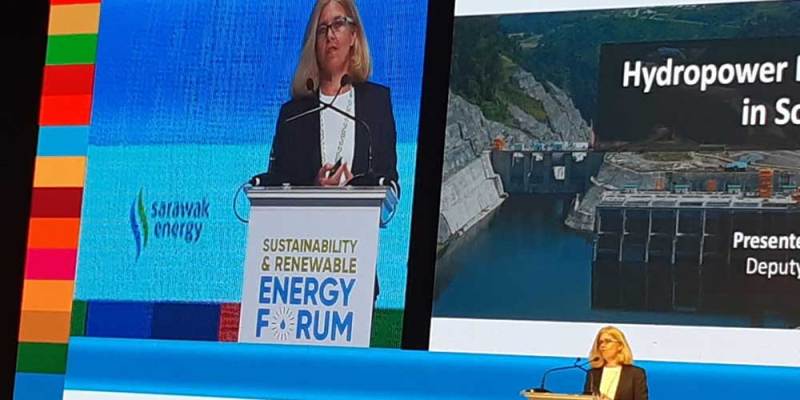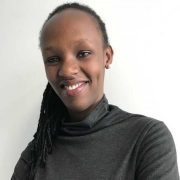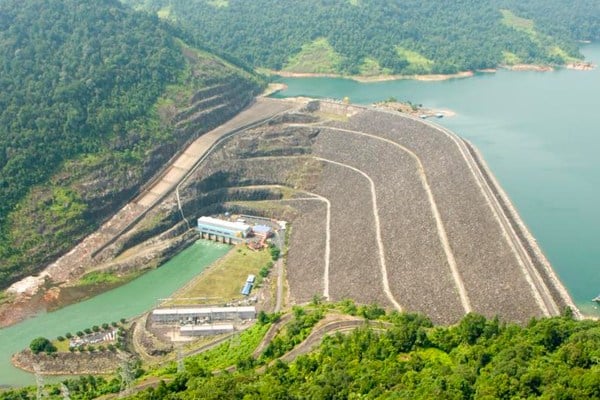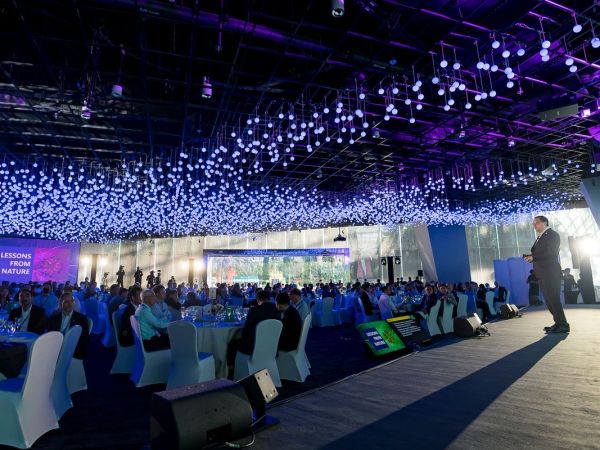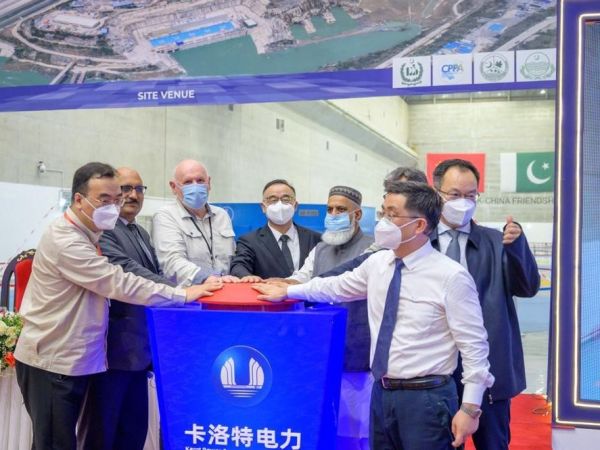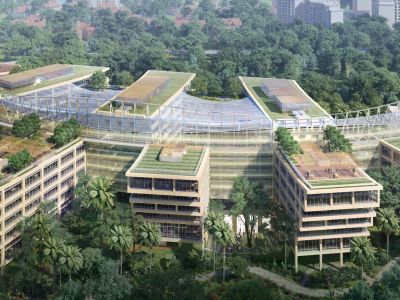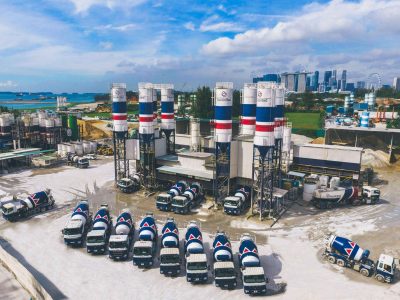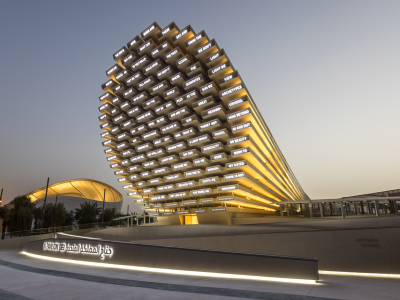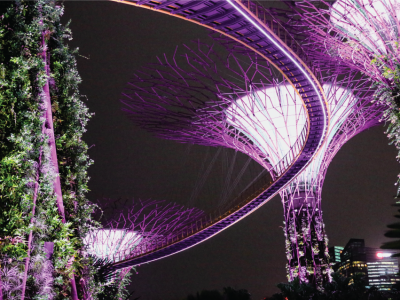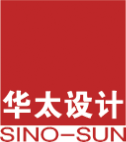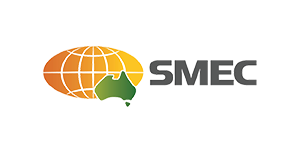Karen Atkinson, Deputy COO SEA of SMEC and Surbana Jurong Group, at the SAREF event in Sarawak on the potential of hydropower.
Southeast Asia has plenty of untapped hydropower potential that needs to be developed, and when it comes to electricity storage the pumped hydropower storage model is the most sustainable, according to Ms Karen Atkinson, Deputy COO, South East Asia of SMEC and Surbana Jurong Group.
Ms Atkinson was speaking at the Sustainability and Renewable Energy Forum (SAREF) in Sarawak, Malaysia in early December, organised by Sarawak Energy Berhad (SEB).
SMEC has supported SEB in many projects including the 2,400MW Bakun Hydroelectric Project and the 1,285MW Baleh Hydroelectric Project presently under construction.
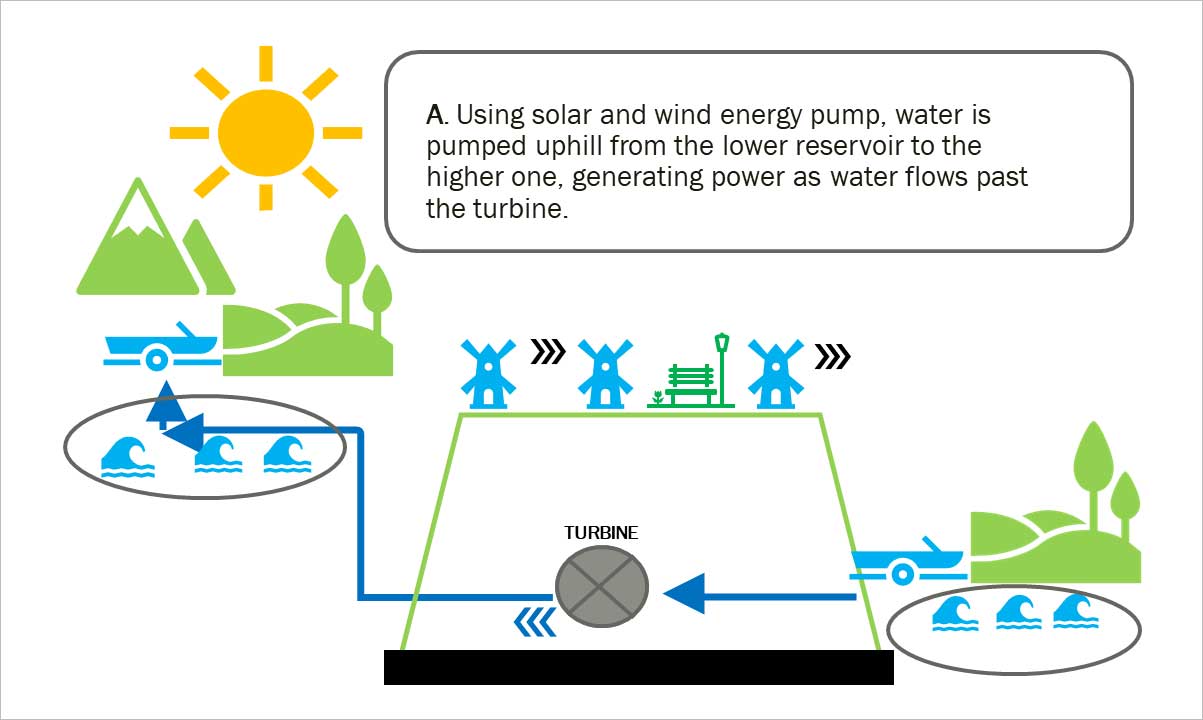
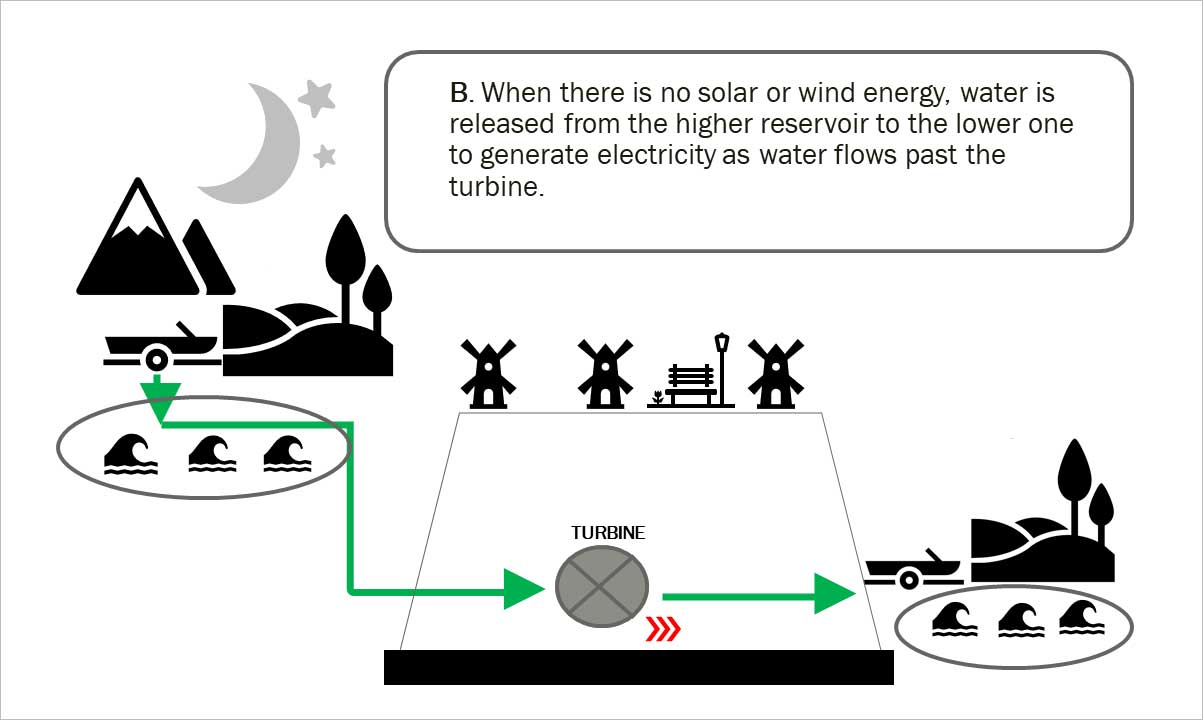
A visual guide on how the pumped hydropower storage model works like a battery, balancing periods of high and low electricity demand. It uses wind, sunlight and water to generate energy.
The pumped hydropower storage model is regarded as the answer to intermittent renewables and the need to cut the use of fossil fuels. Pumped storage works like a battery (see diagram), allowing power generated by wind and solar to be stored, balancing periods of high and low electricity demand while providing reliable energy all the time. Pumped storage schemes can be retrofitted into existing hydropower systems or can be built offline from river systems.
The Snowy 2.0 pumped storage scheme in Australia is based on this model, creating an additional 2,000MW of power without requiring the construction of any additional reservoirs or dams. SMEC is the owner’s engineer for Snowy 2.0.
There are two more advantages to the pumped hydropower storage model and other hydropower projects with reservoirs and dams. First, floating solar panels can be installed on the reservoirs. An example is Singapore’s Sungei Tengah reservoir. Secondly, if the reservoirs are constructed instream, they also offer protection against floods for downstream communities and avoid damaging ancestral lands.
Ms Atkinson predicted that in the years to come, a combination of hydropower, wind and solar could overtake fossil fuels as the ASEAN’s primary power source. “Hydropower projects executed in line with international environmental and social safeguard standards are a reliable and sustainable energy source, and should be promoted as a key part of the solution to ASEAN’s energy needs.”


